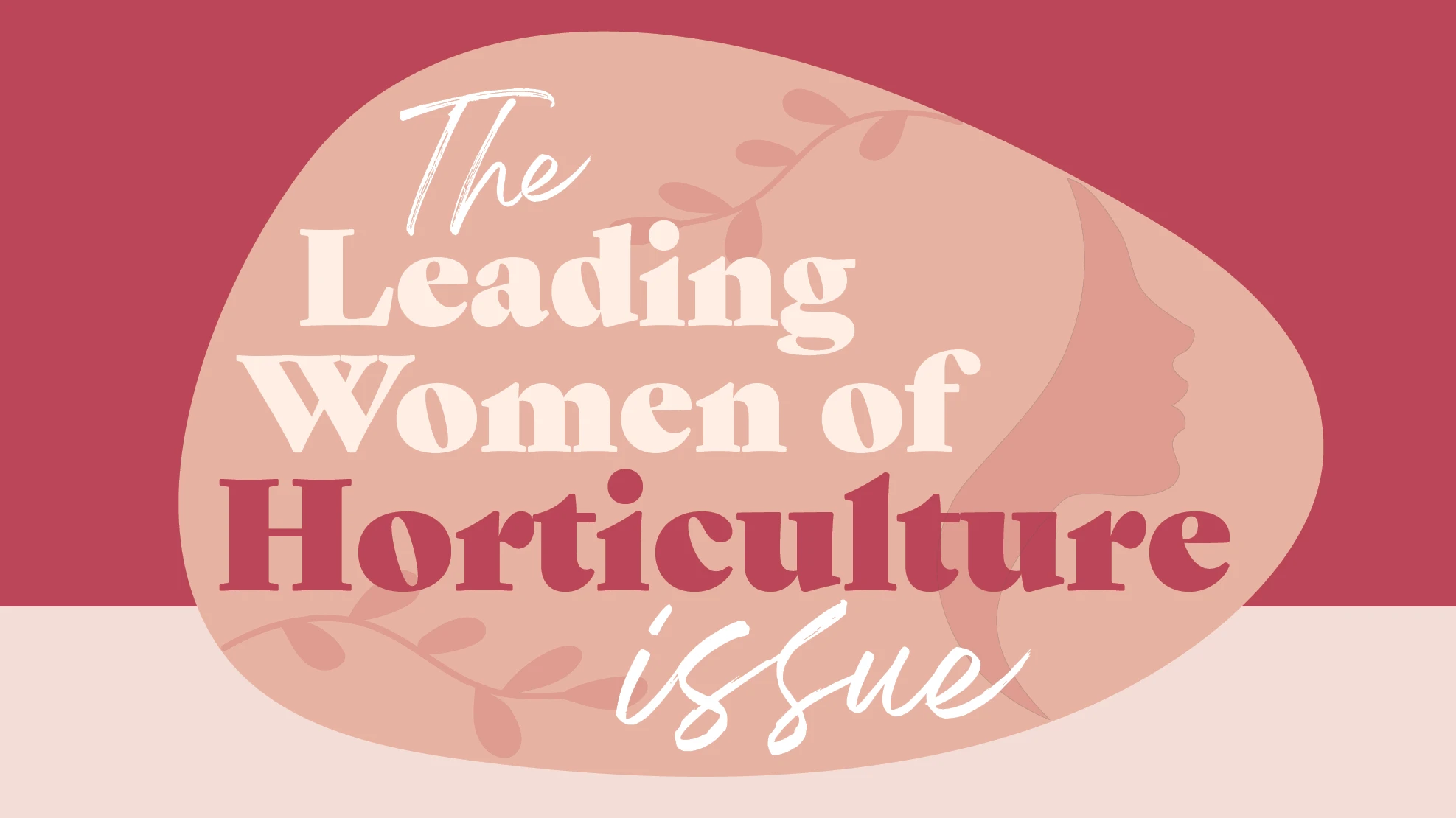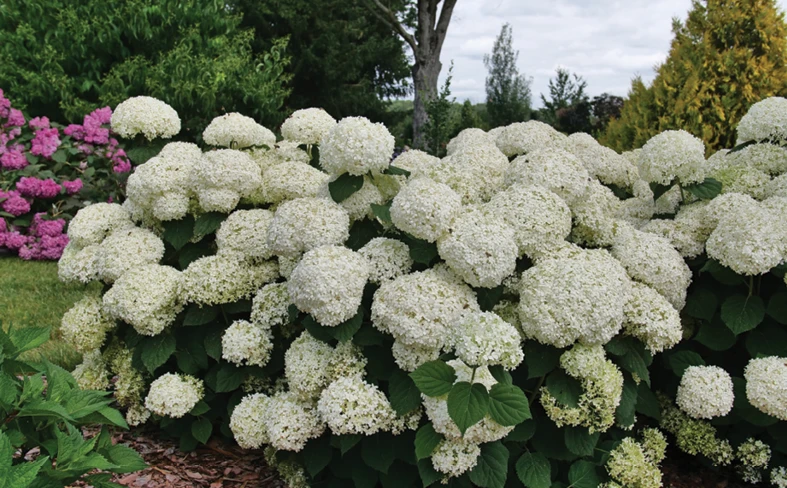Dear Kelli,
When I saw the title of the article in the January 2010 issue, "Weaning off bark," I thought that someone had actually seen the light and found that it is detrimental to grow landscape plants in organic materials. Unfortunately, it was about using other temporary materials as a soil substitute.
Plants have always grown in sand, silt and clay. The highest organic content in soil in Nature is less than 3 percent. For centuries, sand (or nearly pure sand) has been the container substrate of choice. Just in the last generation or so have nurserymen been trying to formulate substrates out of composts.
Ultimately compost either disappears or turns into muck. Compost never becomes sand, silt or clay. It is the source of nutrients for plants, not their home.
Lightweight materials, like pumice, perlite, rockwool, pozzalon or permanent organic materials like rice hulls and charcoal are where research should be focused.
We are a retail nursery, and we grow most of the trees we sell. I can no longer sell much of what our wholesale container suppliers grow without a guilty conscience. The soil mix we use is 40% sand, 30% pumice and 30% peat moss. We get virtually no shrinkage after initial settling and the soil properties don’t change significantly over time. When you depend upon organic matter to create the substrate’s permeability, the characteristics of the substrate will change continuously. As the organic matter becomes less permeable, the oxygen level drops and the decomposition produces more toxic gases.
If growers were financially responsible for the performance of their plants 3 years after installation, I think the substrates in use would change dramatically. In fact, balled and burlapped plants would probably retake the market.
Sincerely,
Gary Matsuoka, President
Laguna Hills Nursery
Send letters to krodda@gie.net
Get curated news on YOUR industry.
Enter your email to receive our newsletters.
Explore the April 2010 Issue
Check out more from this issue and find your next story to read.






